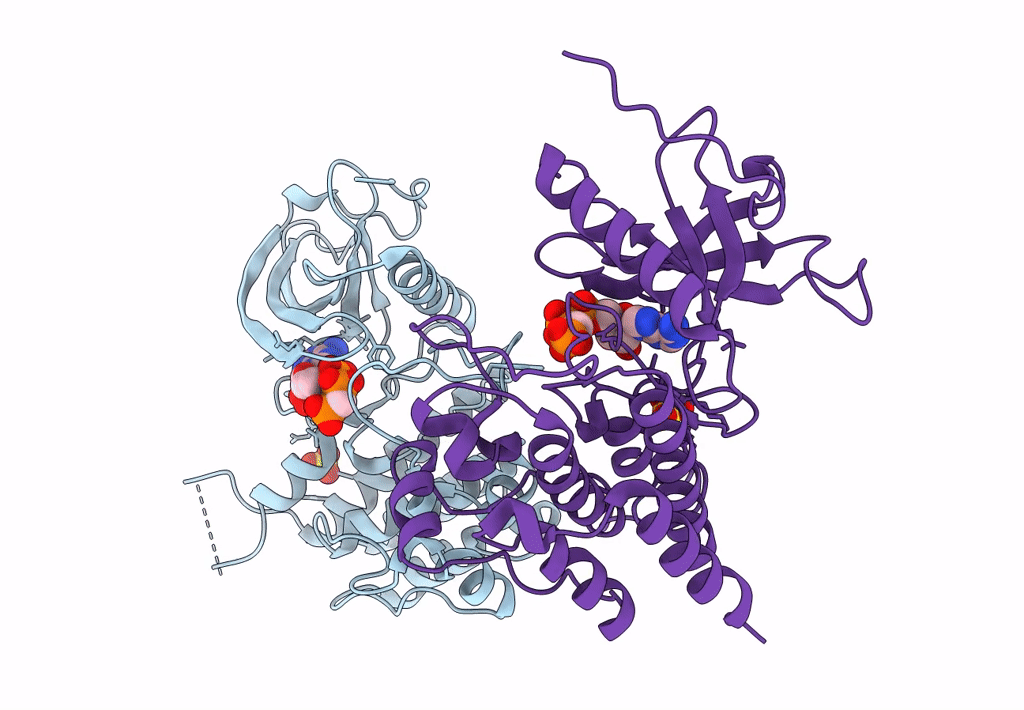
Deposition Date
2019-07-03
Release Date
2020-01-22
Last Version Date
2023-10-11
Entry Detail
PDB ID:
6PNX
Keywords:
Title:
Crystal Structure of an Asymmetric Dimer of FGF Receptor 3 Kinases Trapped in A-loop Tyrosine Transphosphorylation Reaction
Biological Source:
Source Organism:
Homo sapiens (Taxon ID: 9606)
Host Organism:
Method Details:
Experimental Method:
Resolution:
2.20 Å
R-Value Free:
0.22
R-Value Work:
0.19
R-Value Observed:
0.19
Space Group:
P 1 21 1


